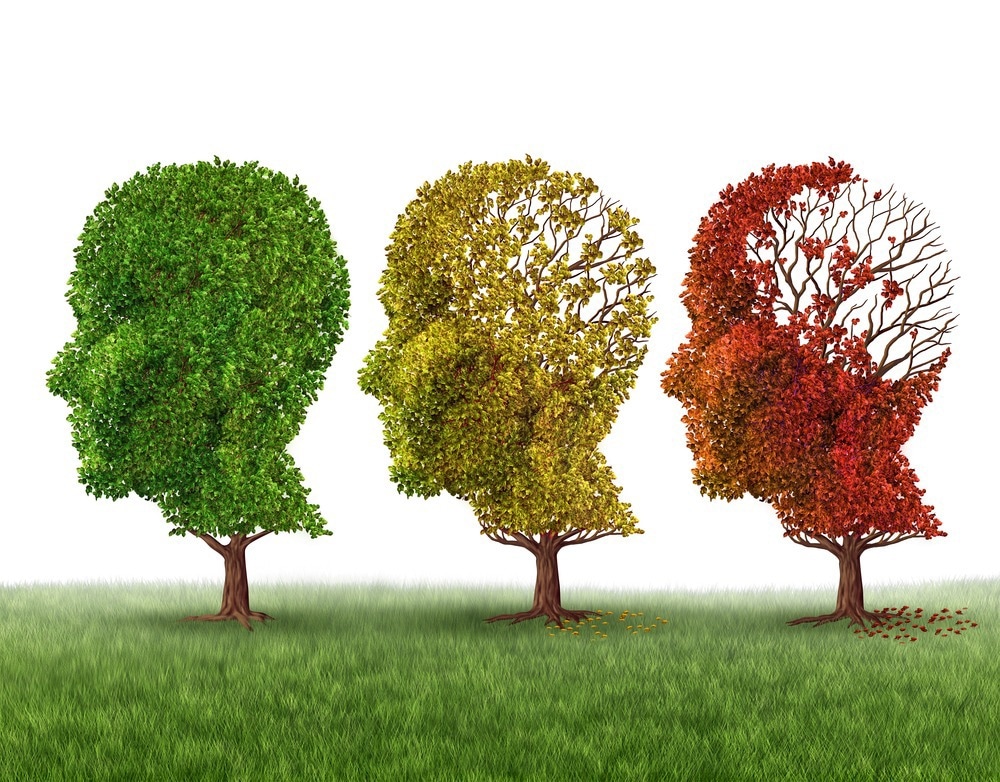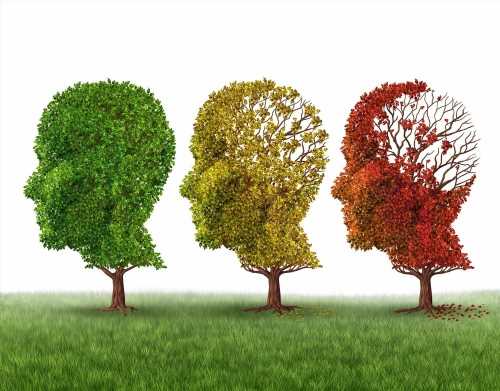Recently, a review published in the Antioxidants journal aimed to understand the impact of gut microbiota on brain aging.

Study: Impact of Gut Microbiota in Brain Ageing: Polyphenols as Beneficial Modulators. Image Credit:Lightspring/Shutterstock.com
Background
Brain aging is a complex physiological process characterized by a decline in brain vasculature, neuronal/glial dysfunction, and brain repair systems. These dysregulations are induced by increased oxidative stress and a pro-inflammatory state without antioxidant and anti-inflammatory systems. This state is known as 'inflammaging.' The gut microbiota, the gut-brain axis (GBA), and other intrinsic and extrinsic factors have been linked to brain functionality.
The study aimed to compose the existing picture of the gut microbiotas' impact on aging and outline how polyphenols are beneficial in modulating against brain aging.
Impact of the gut microbiota on brain aging
Gut microbes are key regulators of brain function, aging, and neurodegenerative disorders (e.g., Alzheimer's and Parkinson's disease). A key alteration in the gut that influences aging is gut microbial dysbiosis and changes in the enteric barrier.
In addition, pathogenic microbes and toxic substances, with subsequent loss in the beneficial gut microbes, lead to brain aging. Aging has been associated with gut dysbiosis. Both human and animal model studies have indicated that significant changes in the microbial population occur with age, which leads to many adverse health conditions, such as depression, cognitive impairment, and frailty.
Aging leads to abundance in the particular gut microbiome that accelerates the aging process, affecting the functions of vital organs, including the brain. For instance, the presence of the Porphyromonadaceae family has been linked with the incidence of cognitive disorders.
Some microbes, such as those that belong to the Bacteroidetes family or the species Faecalibacterium prausnitzii and Clostridium cluster XIVa, have been associated with the reduction in fragility in the older population.
Age-associated characteristic inflammatory status can be partially promoted by age-associated gut dysbiosis. For instance, aging enhances the pro-inflammatory state and lowers the adaptive immune response.
These factors accelerate the aging process and increase the risk of developing various chronic diseases associated with the decline in the functioning of the central nervous system (CNS) and adverse brain health.
The enteric/gut barrier and the blood-brain barrier (BBB) are two barriers associated with the GBA. The integrity of these two barriers is essential for axis functionality. The enteric barrier is a semipermeable tissue that only allows important nutrients, and the gut immune defense restricts pathogenic molecules or microbes from the intestinal tract.
The gut barrier induces systemic tolerance to food antigens and fights against pathogens. An impaired enteric/gut barrier causes inflammatory bowel disease, microbial infection, and food allergy, influencing the body's inflammatory state and impacting brain functionality. It also enhances the process of brain aging.
Regulation of brain aging by polyphenols synthesized by the gut microbiota
Breath Biopsy®: The Complete Guide eBook

The aging process is modulated by lifestyle factors, such as the type of diet that interacts with gut microbiota before reaching the brain. This is an important observation because the diet is an easily adjustable factor. Polyphenols are among the most important anti-aging dietary components, which plants exclusively synthesize.
Polyphenols are present in plant-based food and are potential anti-aging molecules. This metabolite particularly influences brain aging because it can cross the BBB and exert anti-inflammatory and antioxidant properties.
These properties positively impact cognitive and motor functions, the preservation of monoaminergic neurotransmitters, and neurogenesis. Hence, polyphenols modulate brain homeostasis and prevent aging.
Before polyphenols from food components reach the brain by passing through the enteric barrier, many interactions occur in the gut, affecting the GBA, and ultimately influencing brain functionality and aging. All age-related changes in the gut, such as inflammation and pathological conditions, affect the absorption and metabolism of polyphenols, which influences their arrival and brain functioning.
Although many in vitro, in vivo, and human-based studies have been conducted to understand the impact of polyphenols on humans, the underlying mechanisms by which polyphenols regulate the gut microbiota and influence brain functions are unclear.
Polyphenols affect the gut microbial population by influencing bacterial growth and metabolism. They promote the enhancement of beneficial bacteria and restrict the proliferation of harmful pathogens.
For instance, in humans, polyphenols increase several beneficial bacteria, such as Flavonifractor plautii, Slackia equolifaciens, Slackia isoflavoniconvertens, Adlercreutzia equolifaciens, Eubacterium ramulus, Eggerthella lenta, Bifidobacterium spp., or Lactobacillus spp.Among these, Bifidobacterium spp. contributes to gut barrier protection and decreases oxidative stress and inflammation.
Conclusion
These bacteria affect the brain via different mechanistic pathways. For instance, Faecalibacterium prausnitzii exhibits anti-inflammatory action by blocking NF-κB activation, while Lactobacillus spp. exerts a neuroprotective role in the gut microbiota due to high antioxidant activity. Mostly, the aforementioned bacteria prevent aging by blocking inflammatory processes.
Polyphenols also act as a chelate of metal ions, particularly copper and iron, linked to reactive oxygen species (ROS) reactions. They can modulate redox metal homeostasis and prevent neurotoxicity, which is important for preventing neurodegenerative diseases. Polyphenols activate cellular stress-response pathways, leading to the upregulation of neuroprotective genes.
Quercetin, a type of polyphenol, can inhibit neuroinflammation by attenuating nitric oxide production. It also reduces the expression of the inducible nitric oxide synthase (iNOS) gene in microglia, thereby preventing inflammatory cytokine production and neuronal injury. Hence, alteration in gut microbiota impacts various molecular pathways that affect brain aging.
-
Sarubbo, F. et al. (2023) "Impact of Gut Microbiota in Brain Ageing: Polyphenols as Beneficial Modulators", Antioxidants, 12(4), p. 812. doi: 10.3390/antiox12040812. https://www.mdpi.com/2076-3921/12/4/812
Posted in: Medical Science News | Medical Research News | Medical Condition News | Healthcare News
Tags: Aging, Allergy, Animal Model, Anti-Inflammatory, Antioxidant, Bacteria, Blood, Brain, Central Nervous System, Chronic, Clostridium, Copper, Cytokine, Depression, Diet, Dysbiosis, Food, Food Allergy, Gene, Genes, Gut-Brain Axis, Immune Response, in vitro, in vivo, Inflammation, Inflammatory Bowel Disease, Lactobacillus, Metabolism, Metabolite, Microbiome, Microglia, Nervous System, Neurodegenerative Diseases, Neurogenesis, Nitric Oxide, Nutrients, Oxidative Stress, Oxygen, Parkinson's Disease, Polyphenol, Proliferation, Quercetin, Stress, Vasculature

Written by
Dr. Priyom Bose
Priyom holds a Ph.D. in Plant Biology and Biotechnology from the University of Madras, India. She is an active researcher and an experienced science writer. Priyom has also co-authored several original research articles that have been published in reputed peer-reviewed journals. She is also an avid reader and an amateur photographer.
Source: Read Full Article
